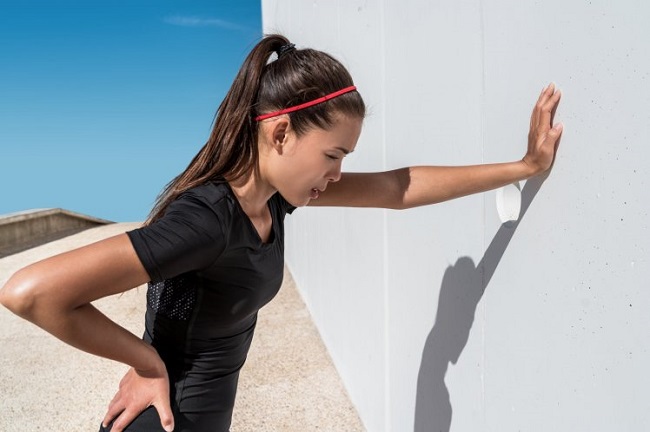3 Nausea or Vomiting
If you feel nauseous while in the sun, it could be assign of sun stroke. According to the National Institutes for Health, UV radiation is toxic and has long term effects reaching the genetic level. Although it is the sun that first reacts to sunstroke, the internal organs also feels the effects soon after and the first response to toxins is vomiting.
When feeling nauseous or if you start vomiting, then move out of the sun and lie down if possible. Apply a cold compress to your head, your armpits and around your groin to reduce your body’s temperature. Sip water to rehydrate yourself.

Image Source: www.wordpress.com
4 Dizziness
Overexposure to the sun can make you dizzy because of the heat, humidity and toxic UV rays. Dizziness could either mean your head spinning or a lightheaded feeling. It could also be accompanied by vision issues and ringing in the ears. You need to be careful when experiencing such a condition as it could be a precursor to fainting or loss of consciousness.
When you feel dizzy, sit or lie down out of the sun. Try to get someone beside you or check on you in case you pass out. Drink some water and reduce your body temperature by applying cold water or a cloth soaked in water to your head. If you’re at home take a cool bath.

Image Source: www.kidspot.com.au
5 Hot, Dry Skin
One of the main signals to sun stroke and that your body is overheating is lack of sweat. It may sound contradictory but that’s a fact. Sweat is the result of your body’s mechanism of cooling itself. When that internal regulator stops functioning, you stop sweating. If you feel hot but aren’t sweating or if your skin feels hot, dry and tight or even painful, then you’re probably suffering from sun stroke.
Take a cold water shower. Rehydrate yourself by drinking plenty of water. If you have sunburn, apply a soothing and cooling gel like aloe vera. Move out of the sun or get to some shade. Cover the exposed parts of your skin with light clothing to prevent further damage.

Image Source: www.scoopwhoop.com